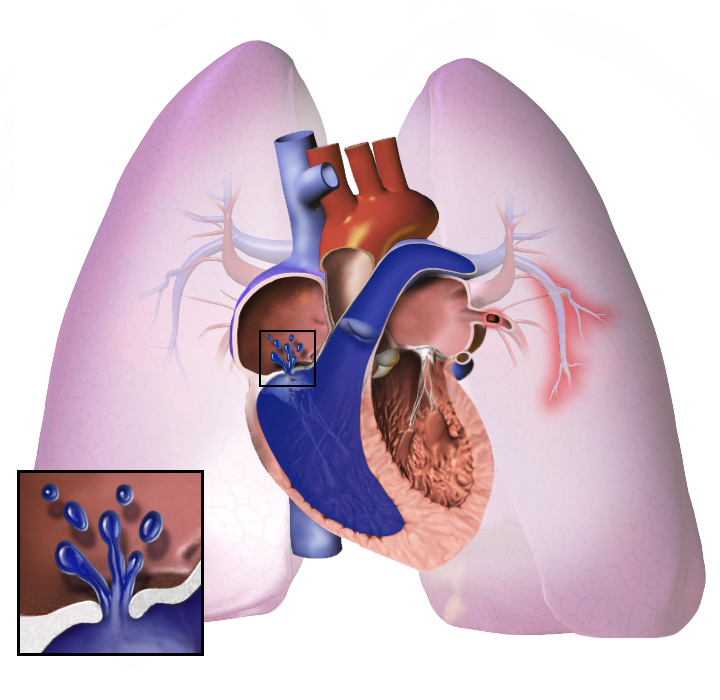
12 Mar The Interplay of Obstructive Sleep Apnea and Pulmonary Hypertension: A Vicious Cycle
Posted at 14:46h
in Uncategorized
Pulmonary hypertension (PH) is a serious condition where high blood pressure in the lungs puts strain on the heart, particularly the right side. This presentation explores how PH and obstructive sleep apnea (OSA) are closely linked, creating a dangerous cycle that can worsen both conditions. OSA causes repeated drops in oxygen levels during sleep, which triggers the nervous system to tighten blood vessels, leading to long-term damage and increased pressure in the pulmonary arteries. Over time, this leads to changes in the blood vessels, including thickening, stiffening, and inflammation, making it even harder for blood to flow through the lungs.
People with PH often experience shortness of breath, fatigue, chest pain, swelling in the legs, and even fainting because their heart struggles to pump blood efficiently. Studies show that OSA is common in PH patients, especially those with idiopathic pulmonary arterial hypertension and venous hypertension. Treating OSA with continuous positive airway pressure (CPAP) therapy can help lower pulmonary artery pressure and reduce strain on the heart. Recognizing and managing OSA in PH patients early on can improve their symptoms, slow disease progression, and enhance overall quality of life. Since both conditions share risk factors like obesity and cardiovascular disease, a comprehensive approach to diagnosis and treatment is essential for better patient outcomes.
References:
Schoenenberger, A. W., Lador, F., & Tamm, M. (2017). Effect of CPAP on pulmonary hypertension in patients with obstructive sleep apnea. American Journal of Respiratory and Critical Care Medicine, 195(9), 1159–1167. https://doi.org/10.1164/rccm.201607-1333OC

